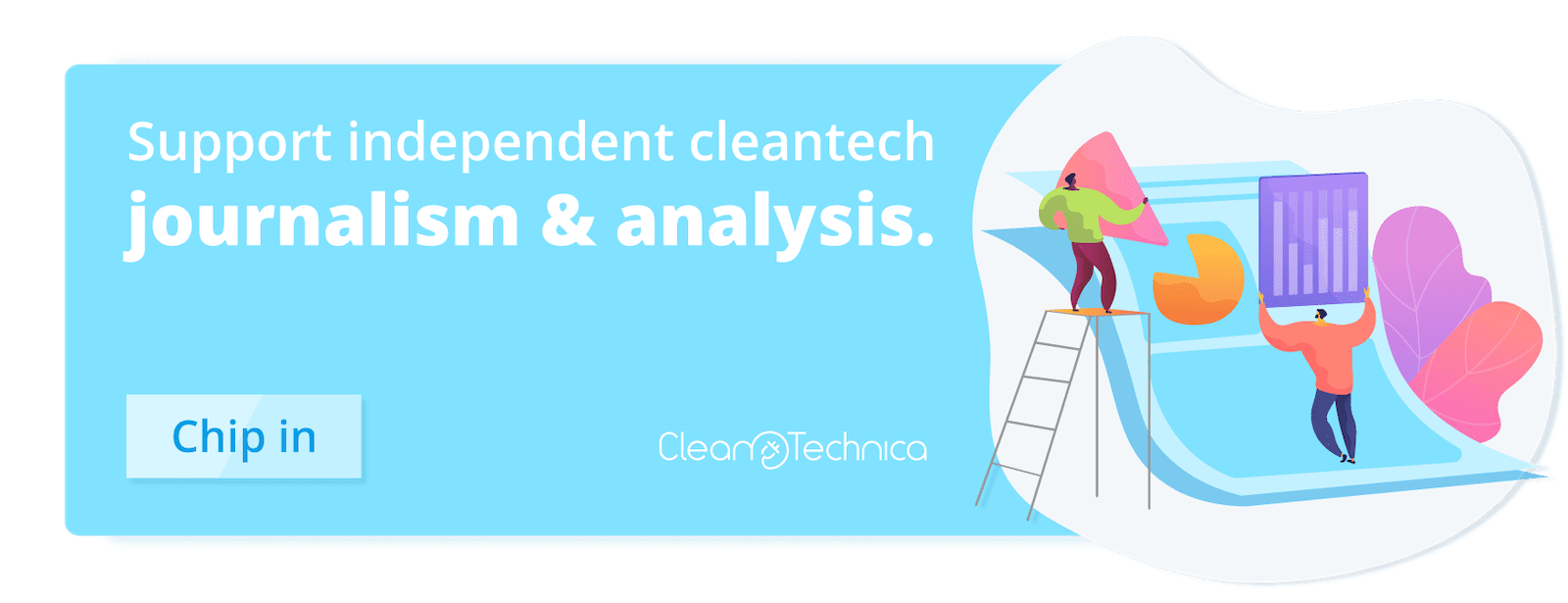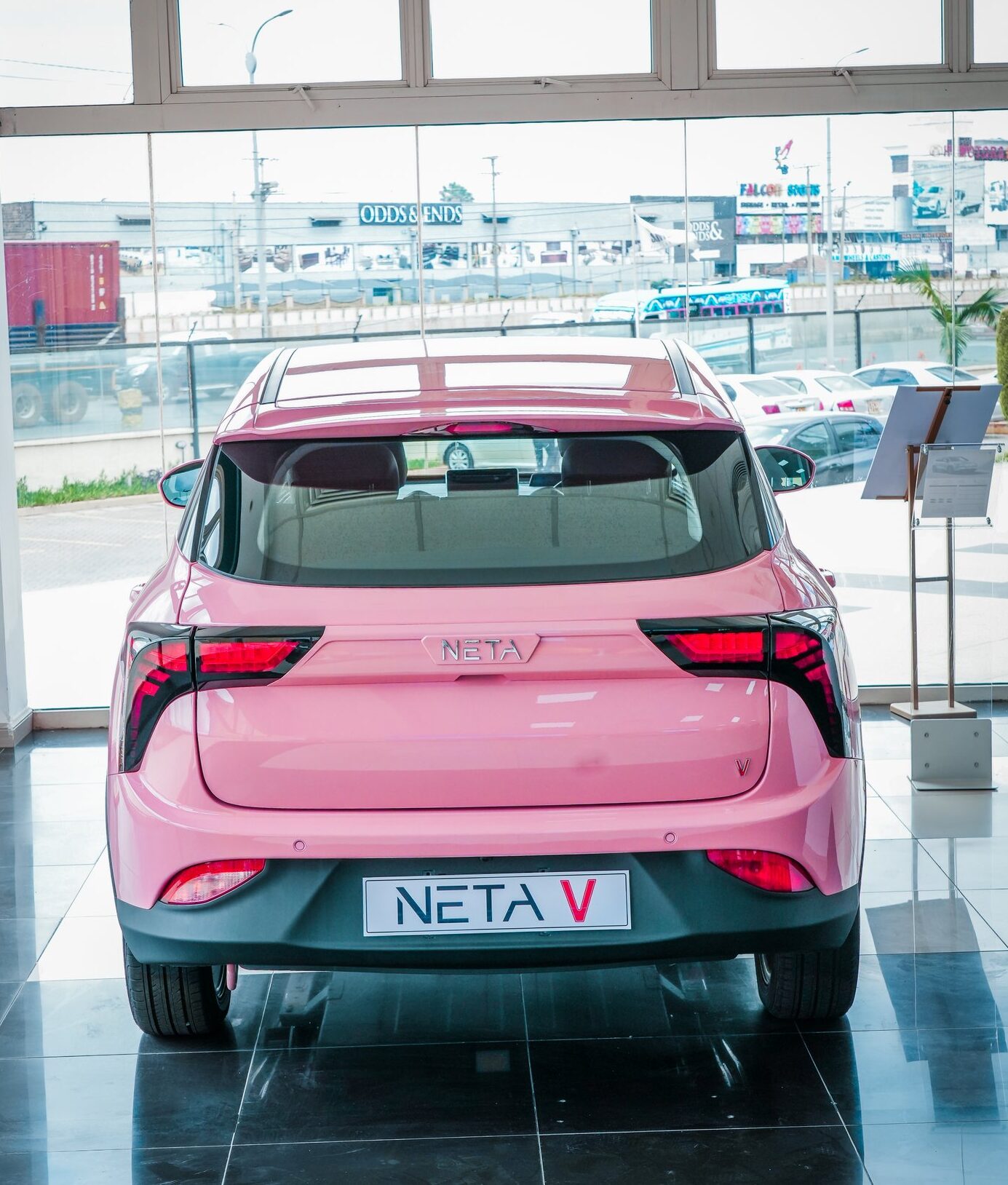
Explore our changing planet.
Discover Earth as NASA sees it. Learn why this information matters to us all.
Understanding the Earth gives us the means to better protect it. Join NASA, as we monitor, study, and observe our planet 24 hours a day, 7 days a week, 365 days a year— to learn more and to protect and improve life on Earth. Music credit: “Ad Infinitum” from Universal Production Music
NASA’s Scientific Visualization Studio (SVS) works closely with scientists to create visualizations of NASA data in order to promote a greater understanding of Earth and space science research activities at NASA and its collaborators. We are creating more and more of our content in 4K resolution and are starting to experiment in 360-degree visuals, so releasing material through YouTube will allow users greater ease and flexibility in using our visualizations. Starting in 2017, we plan on releasing all our new material here as well as on our website, https://svs.gsfc.nasa.gov.
Air pollution in DC has declined by 50% in the last two decades. NASA uses ground-based observations of and field campaigns, NASA uses sensors aboard satellites and aircraft to obtain measurements of nitrogen dioxide, sulfur dioxide, and other pollutants near cities, suburbs and major transportation systems. With the few ground-level air monitors we have in the city, it’s very difficult for any individual to understand what pollution levels are in their neighborhood. NASA’s satellite data helps to fill in the gaps between those monitors so we can understand the different pollution levels experienced in different neighborhoods throughout the city. When coupled with socioeconomic data about race, ethnicity, poverty and health, air quality observations help identify environmental challenges that disproportionately impact specific communities and underline how much more work there is to be done to minimize pollutant exposure for vulnerable populations.
Article from Earth Information Center.
I don’t like paywalls. You don’t like paywalls. Who likes paywalls? Here at CleanTechnica, we implemented a limited paywall for a while, but it always felt wrong — and it was always tough to decide what we should put behind there. In theory, your most exclusive and best content goes behind a paywall. But then fewer people read it! We just don’t like paywalls, and so we’ve decided to ditch ours. Unfortunately, the media business is still a tough, cut-throat business with tiny margins. It’s a never-ending Olympic challenge to stay above water or even perhaps — gasp — grow. So …




